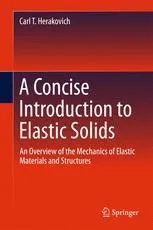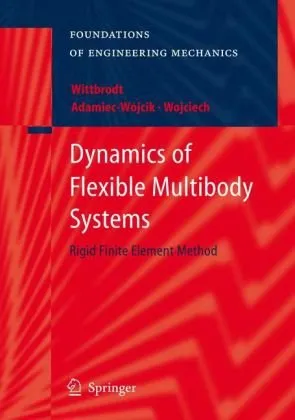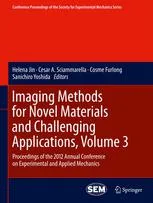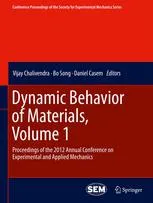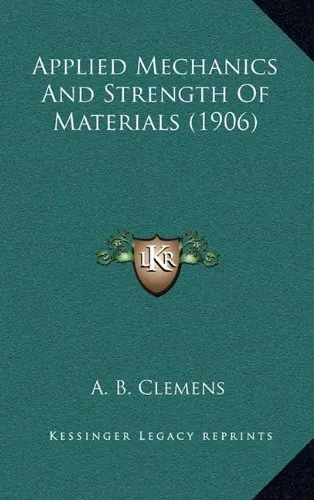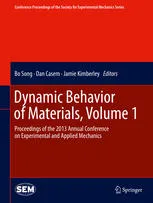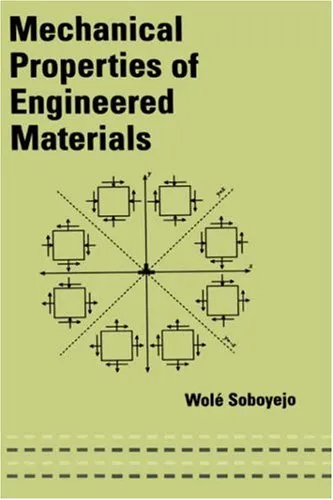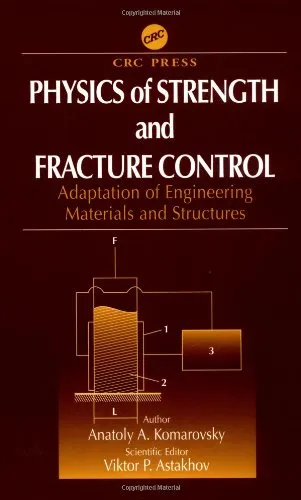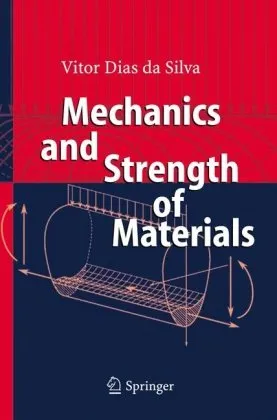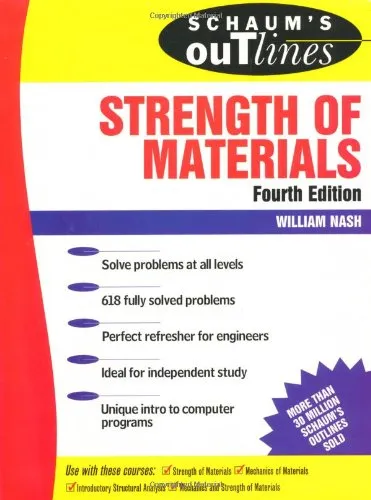History of Strength of Materials
4.7
Reviews from our users

You Can Ask your questions from this book's AI after Login
Each download or ask from book AI costs 2 points. To earn more free points, please visit the Points Guide Page and complete some valuable actions.Related Refrences:
Introduction to "History of Strength of Materials"
"History of Strength of Materials," authored by Stephen P. Timoshenko, stands as one of the most profound and illuminating works in the field of mechanics and engineering. This book offers an unparalleled journey into the histories, breakthroughs, and pivotal contributions that laid the groundwork for modern strength of materials and structural analysis. By blending technical depth with historical narratives, it provides readers with a unique perspective on the evolution of this essential scientific discipline.
The book is a tribute to the scientists, thinkers, and engineers whose innovations and theories formed the basis of mechanics as we know it today. It emphasizes not only their discoveries but also the challenges and triumphs they faced in advancing the field. Written with clarity and precision, "History of Strength of Materials" is both an invaluable resource for scholars and an engaging account for anyone fascinated by the history of science and engineering.
Detailed Summary of the Book
This definitive work delves deep into the chronological history of the strength of materials, starting from ancient civilizations and extending to the modern era of science and technology. The book is divided into distinct eras, each highlighting the progress in mechanics and structural analysis:
The early sections explore contributions from ancient civilizations, showcasing their rudimentary understanding of stress, strain, and structural integrity in construction and tool-making. Moving through the Renaissance, the book outlines the revolutionary contributions of figures such as Galileo Galilei, who first applied experimental methods to study material behavior, and Robert Hooke, known for Hooke's Law, which remains a cornerstone of modern mechanics.
The narrative then transitions to the 18th and 19th centuries, highlighting rapid advancements in material testing, elasticity theory, and more. Key contributors such as Euler, Bernoulli, and Coulomb are discussed in detail. Their theoretical developments helped refine the understanding of beams, columns, and structural stability, leading to practical engineering methods. The final sections cover the 20th century, a time when experimental techniques, advanced mathematics, and applied mechanics transformed the discipline into a rigorous and quantitative science.
The book doesn’t merely compile data but contextualizes each era’s progress, illuminating the social, cultural, and technological factors that spurred scientific discoveries.
Key Takeaways
- The development of the strength of materials was influenced heavily by challenges posed by construction, warfare, and industrialization.
- Understanding the relationship between stress, strain, and deformation has driven advances in engineering design and safety.
- The contributions of renowned scientists like Galileo, Hooke, Euler, and Timoshenko himself all reflect a blend of theoretical and experimental approaches.
- The evolution of structural engineering and materials science is tied to both the underlying physics and the practical applications in architecture and engineering.
- The book underscores the importance of interdisciplinary collaboration and curiosity-driven research in driving scientific progress.
Famous Quotes from the Book
"Discovery is not an isolated act of genius but a continuum of human effort, where one mind builds upon another’s work."
"In the history of science, mechanics offers a unique combination of experimentation, mathematical rigor, and practical application."
"Every material, every structure tells a story – of stress endured, forces resisted, and stability achieved."
Why This Book Matters
"History of Strength of Materials" is much more than an account of scientific milestones; it is a narrative of human ingenuity and perseverance. In the field of engineering and applied sciences, understanding the origins of foundational theories is critical for developing new innovations. By presenting the historical context, Timoshenko enables readers to appreciate the progress made over centuries while inspiring them to contribute to future advancements.
The book also serves as a bridge between the realms of science, history, and philosophy. It reveres the great minds who laid the groundwork for one of the most vital areas of engineering, fostering a deeper appreciation for their work. By reading this book, students, professionals, and enthusiasts gain not only technical knowledge but also inspiration for lifelong learning and exploration.
In today’s rapidly advancing world, where materials science and engineering innovations are shaping industries such as aerospace, robotics, and construction, Timoshenko’s detailed account of this discipline’s development remains as relevant as ever.
Free Direct Download
You Can Download this book after Login
Accessing books through legal platforms and public libraries not only supports the rights of authors and publishers but also contributes to the sustainability of reading culture. Before downloading, please take a moment to consider these options.
Find this book on other platforms:
WorldCat helps you find books in libraries worldwide.
See ratings, reviews, and discussions on Goodreads.
Find and buy rare or used books on AbeBooks.
1317
بازدید4.7
امتیاز0
نظر98%
رضایتReviews:
4.7
Based on 0 users review
Questions & Answers
Ask questions about this book or help others by answering
No questions yet. Be the first to ask!


